Related Collections
Virtual Boy
7 products
Showing 1 - 7 of 7 products
Nintendo Virtual Boy
Ah, the Nintendo Virtual Boy! A fascinating, albeit commercially unsuccessful, piece of gaming history. Let's dive into this quirky console.
Released in 1995, the Virtual Boy was Nintendo's bold attempt to bring stereoscopic 3D gaming into the home. Imagine strapping on a headset – a rather bulky, red one at that – and being immersed in a pseudo-3D world. This was the promise, driven by the innovative use of a parallax barrier display system. Inside the visor, two monochrome red LED displays projected slightly different images to each eye, creating the illusion of depth.
The design itself was unique. Rather than connecting to a television, the Virtual Boy sat on a small, tripod-like stand and was viewed by peering into the attached goggles. This design choice, while contributing to the portable nature of the system (it ran on six AA batteries), also contributed to its ergonomic shortcomings. Many users reported discomfort and eye strain after relatively short play sessions, a factor that undoubtedly hindered its popularity.
Nintendo launched the Virtual Boy with a small library of games, and ultimately only 14 titles were released in North America and 19 in Japan. Some notable games included Mario Clash, a 3D reimagining of the classic Mario Bros. arcade game, Wario Land 3D, a platformer utilizing the depth perception for puzzle-solving, and Red Alarm, a space combat simulator. While some of these titles showcased the potential of the 3D effect, the limited color palette (only shades of red and black) and the often simplistic gameplay didn't fully capitalize on the novelty.
Technologically, the Virtual Boy was ahead of its time in some aspects. The stereoscopic 3D was a genuine innovation for a handheld console. However, the monochrome display was a significant drawback compared to the vibrant color graphics that were becoming standard on other systems of the era, such as the Sega Saturn and the Sony PlayStation. The lack of a true backlight also meant that the system was best played in a dimly lit environment.
Despite the initial hype and Nintendo's pedigree, the Virtual Boy struggled to find an audience. Several factors contributed to its commercial failure. The high price point, the uncomfortable design, the limited and monochrome game library, and the growing anticipation for Nintendo's next console, the Nintendo 64, all played a role. Within a year of its North American launch, Nintendo quietly discontinued the Virtual Boy.
However, the Virtual Boy holds a unique place in gaming history. It represents a bold experiment, a willingness to push the boundaries of gaming technology, even if the execution wasn't perfect. It serves as a fascinating case study in the challenges of introducing new technologies to the mass market and the importance of factors beyond just innovation, such as comfort, game selection, and timing. Today, the Virtual Boy is a sought-after item for collectors, a testament to its unique place in Nintendo's rich and innovative past. It reminds us that even failures can offer valuable lessons and contribute to the ongoing evolution of video games.
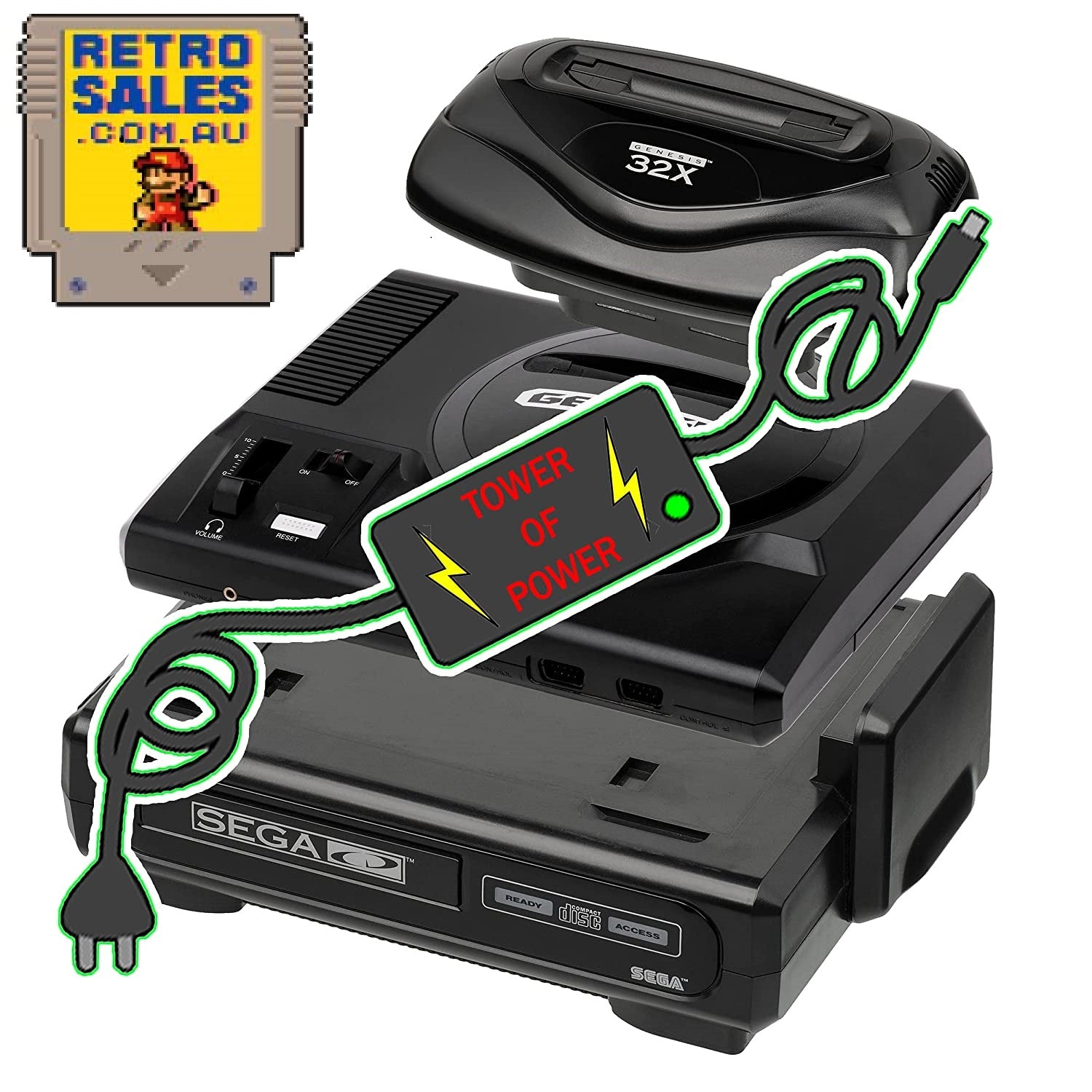
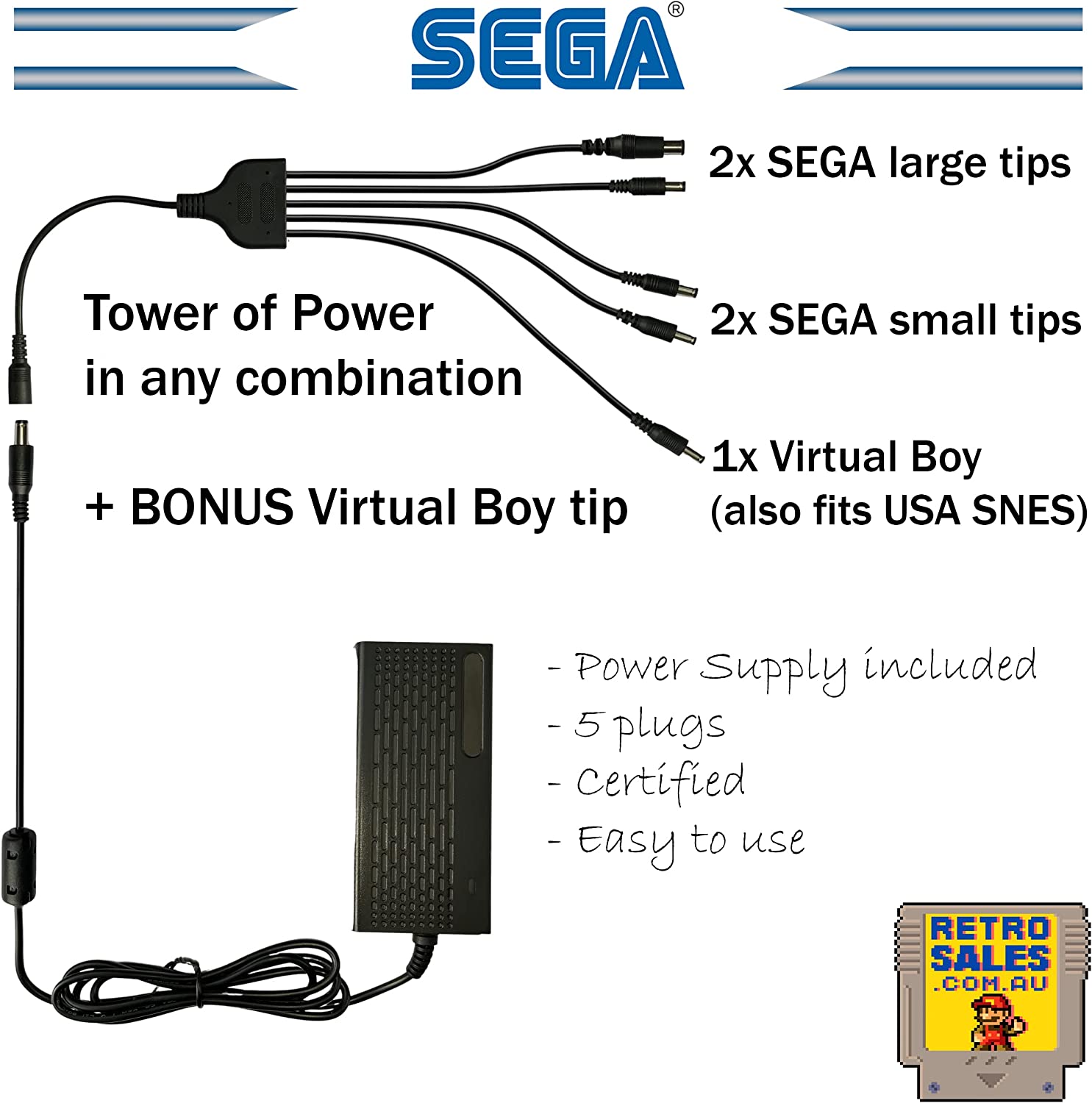

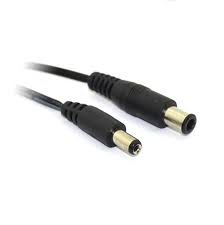
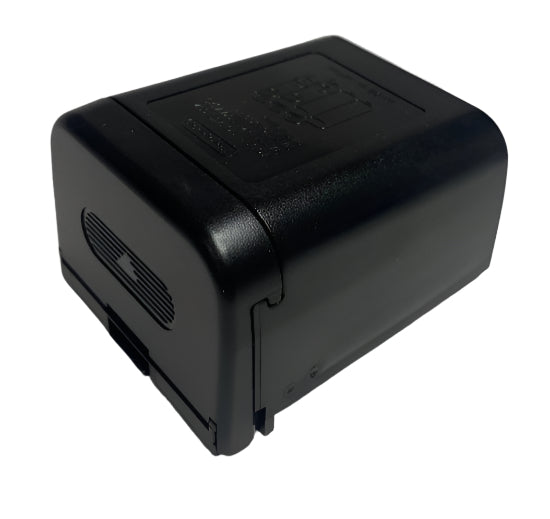
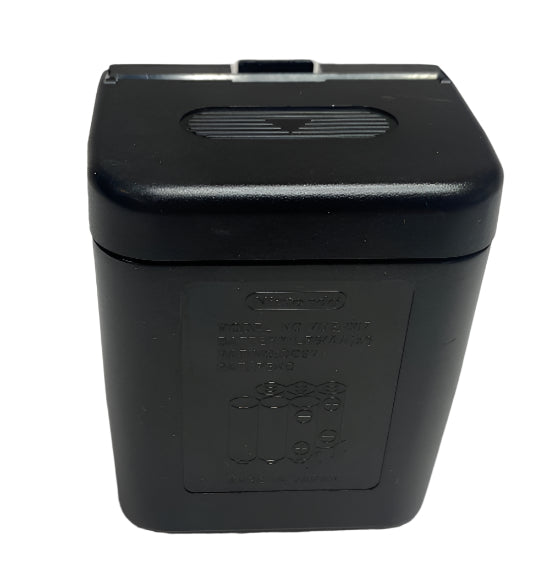

![Game | Nintendo Virtual Boy | Galactic Pinball [Japan]](http://retrosales.com.au/cdn/shop/files/22948_front.jpg?v=1746422728&width=640)
![Game | Nintendo Virtual Boy | Galactic Pinball [Japan]](http://retrosales.com.au/cdn/shop/files/IMG_2878.jpg?v=1746422865&width=500)
![Game | Nintendo Virtual Boy | Teleroboxer [Japan]](http://retrosales.com.au/cdn/shop/files/12_44583621-6535-4fe0-a360-4618abdb4e30.jpg?v=1746421438&width=500)
![Game | Nintendo Virtual Boy | Teleroboxer [Japan]](http://retrosales.com.au/cdn/shop/files/IMG_2877.jpg?v=1746422436&width=500)
![Game | Nintendo Virtual Boy | Tetris [Japan]](http://retrosales.com.au/cdn/shop/files/Virtual_Boy_V-Tetris_cover_art.jpg?v=1746420568&width=314)
![Game | Nintendo Virtual Boy | Tetris [Japan]](http://retrosales.com.au/cdn/shop/files/IMG_2876.jpg?v=1746421202&width=500)
![Game | Nintendo Virtual Boy | Mario Clash [USA]](http://retrosales.com.au/cdn/shop/files/22971_front.jpg?v=1746420295&width=640)
![Game | Nintendo Virtual Boy | Mario Clash [USA]](http://retrosales.com.au/cdn/shop/files/IMG_2875.jpg?v=1746420295&width=500)
